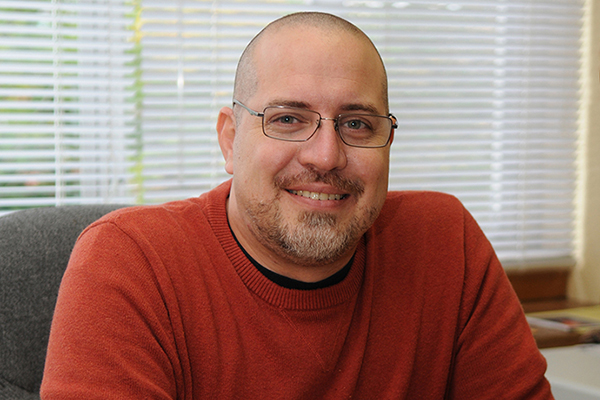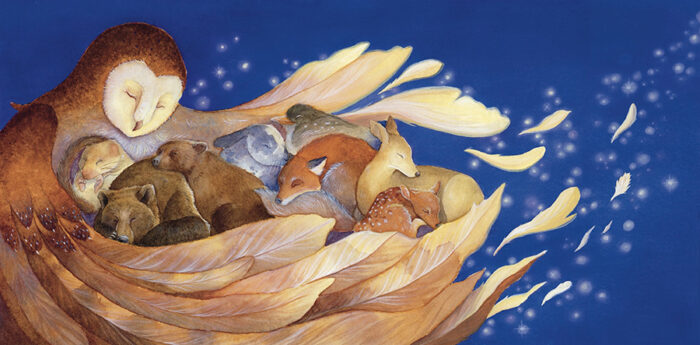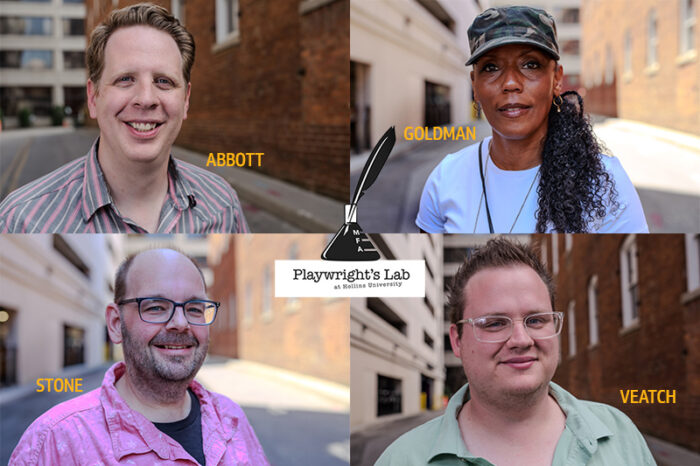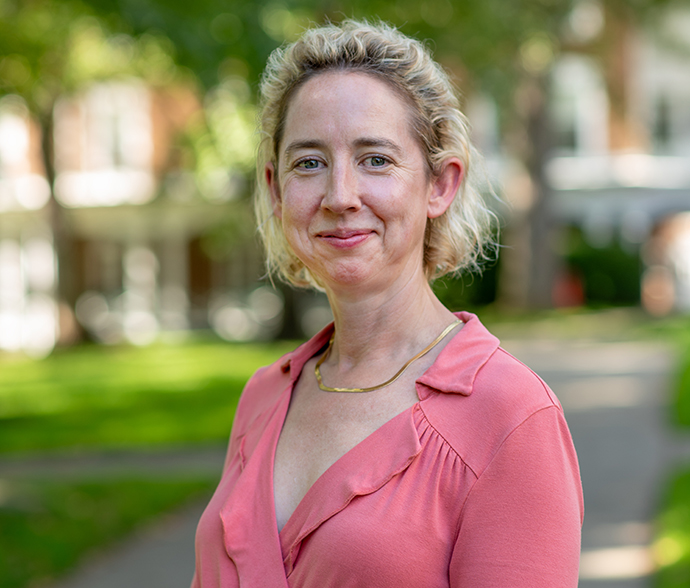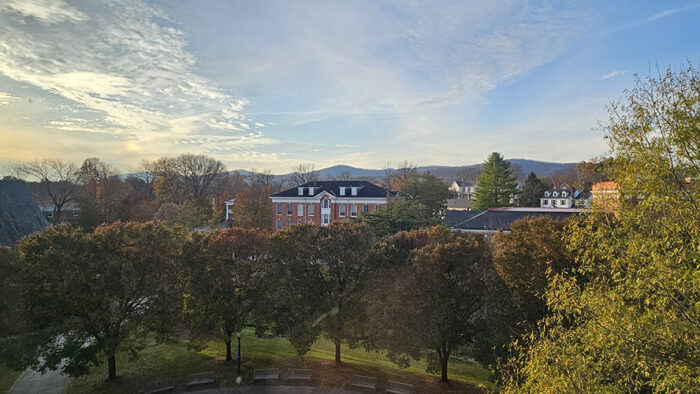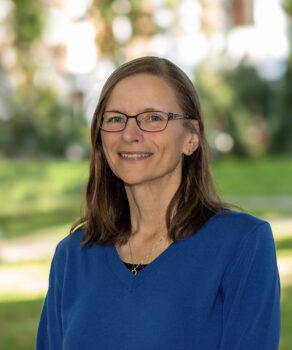Hollins University Associate Professor of Spanish Ángel Díaz Miranda is one of 11 artists who have been shortlisted by the SETI Institute for its new Cosmic Consciousness residency, part of the SETI Artist-in-Residence (AIR) program.
The residency connects with a key research focus at the SETI Institute: understanding intelligence. If humans ever communicate with intelligent life from other planets, how would we comprehend their thoughts, ideas, and language? The residency blends art and science together to explore these big ideas.
In May 2024, the program invited writers and poets to submit proposals exploring big questions such as “What is the nature of consciousness?” and “How does intelligence evolve?” Authors were encouraged to explore themes including alien intelligence, AI and consciousness, transhumanism, and more. Submissions came from artists all over the world and from a variety of genres, including literature, sci-fi, speculative fiction, experimental poetry, and philosophy.
“It was an absolute joy to read through these submissions,” said SETI AIR Program Director Bettina Forget. “The diversity of ideas in response to the residency’s research question was fantastic, and I was deeply impressed by the caliber of the artists who submitted proposals. The hardest part of reviewing the submissions was narrowing it down to a shortlist.”
The Cosmic Consciousness residency includes two opportunities: an 18-month residency for mid-career artists with a $10K stipend, and a 12-month residency for emerging artists with a $5K stipend. The SETI AIR program will announce the winners on September 23.
The SETI Institute is a non-profit research organization, located in Silicon Valley near the NASA Ames Research Center. Its mission is to lead humanity’s quest to understand the origins and prevalence of life and intelligence in the universe and share that knowledge with the world. Today, the Institute has approximately 100 scientists as well as specialists in administration, education, and outreach.



